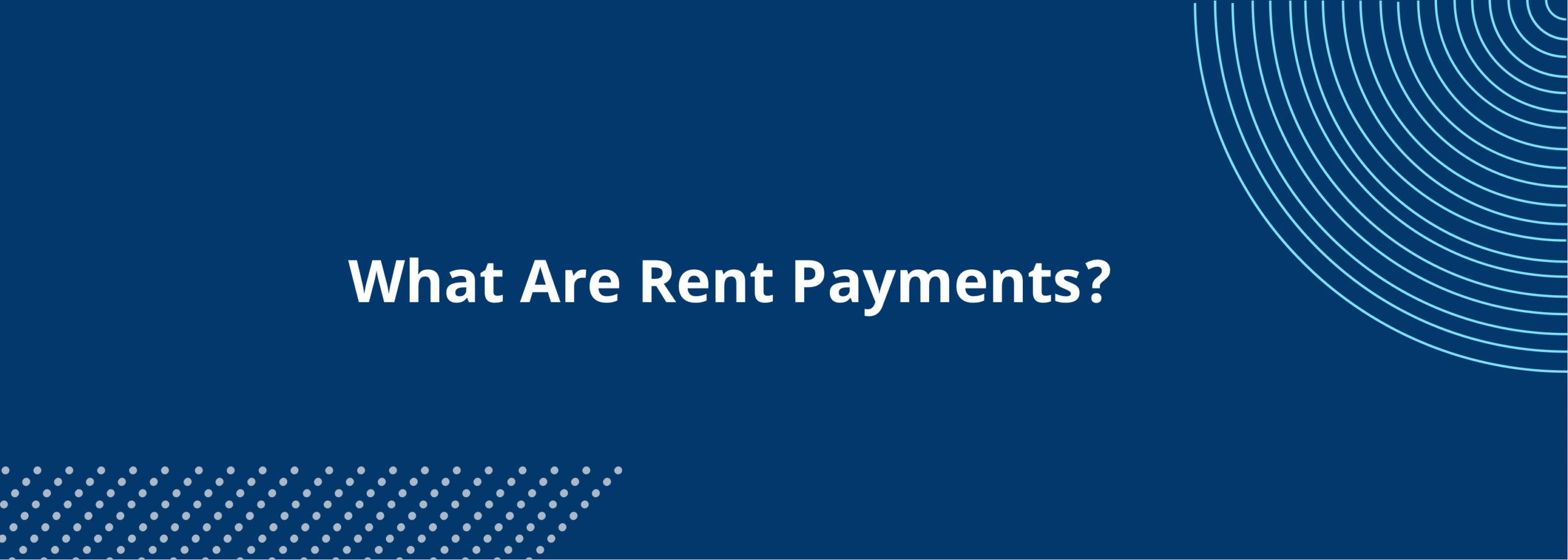A rent payment is a monthly fee paid by the tenant to their landlord or property manager in accordance with their lease agreement. Rent payments are typically due on the first of the month, though landlords can decide which day rent is due.
Rent payments are the lifeblood of rental property management. They are a primary source of income for landlords and, therefore, need to be managed effectively to ensure the financial stability and success of the rental business. An efficient rent collection process is crucial in maintaining a positive landlord-tenant relationship and in the smooth operation of property management tasks.
Marketing. Applications. Leases. Payments.
Best Practices for Managing Rent Payments
Clear Communication
Establish and maintain clear communication with your tenants about rent payment expectations. This includes due dates, acceptable payment methods, and any late fees. Clear communication from the outset can prevent misunderstandings and potential disputes.
Flexible Payment Options
Offering multiple payment options can make it easier for tenants to pay on time. Digital payment methods, such as those provided by TurboTenant, are convenient, fast, and secure, increasing the likelihood of on-time payments.
Automate Reminders and Receipts
Automation is a game-changer in rent collection. Sending automated reminders before the due date can help ensure tenants pay on time. Similarly, automated receipts confirm payment and provide a record for both parties.
Enforce a Late Payment Policy
Consistency in enforcing late payment fees (as outlined in the lease agreement) is crucial. It underscores the importance of timely payments and discourages delinquency.
Regularly Review Rent Prices
Keep your rent prices competitive yet fair, based on the market rates and the value provided by your property. Regular reviews will ensure you are not undervaluing your property or pricing yourself out of the market.
How to Collect Rent Payments Online
Each landlord gets to decide how they’ll collect rent and what forms of payment they’ll accept, as long as local landlord-tenant laws are followed. Some landlords choose to allow paper checks, but if you’re looking to maximize your accounting efforts, you should collect rent payments online.
To get started, find a platform specifically designed for landlords, such as TurboTenant. Landlords can collect rent online for free when using TurboTenant, and their service allows you to track payments, set up automatic late fees, and enable Auto-Pay for your tenants. Your tenants can also leverage the Rent Reporting subscription feature, which helps build their credit history by reporting on-time rent payments to TransUnion.
Leveraging TurboTenant for Rent Payment Management
TurboTenant offers a suite of features designed to make rent collection as effortless as possible for landlords:
- Online Rent Payments: Tenants can pay their rent online through secure payment options. This convenience significantly reduces the likelihood of late payments.
- Automated Payment Reminders: TurboTenant can send automatic reminders to tenants about upcoming rent due dates, reducing the burden on landlords to manually track and remind each tenant.
- Direct Deposit: Payments are directly deposited into the landlord’s account, eliminating the wait time associated with checks or the need for in-person payments.
- Record Keeping: TurboTenant provides a digital record of all transactions, simplifying financial management and making it easier to track income for tax purposes.
If you’d like to set up online rent payments through TurboTenant, you’ll first need to create a free account. Select “Payments” during onboarding, navigate to the Payments section within a lease, or click on the Payments page itself. Then select or create a lease with an attached rental property and tenants. You can implement this step during the onboarding process, too.
Once your lease creation or selection is complete, you can set up charges (both recurring and one-time as needed). You only need to set up one charge if you’re still working through the logistics with your tenant. Once you’ve created at least one charge, you can set up your business or individual account, which is managed via TurboTenant’s integration with Stripe. Afterward, you’ll connect your bank account to receive payments.
Once you’ve verified your information, you’ll be asked if you’d like to enable partial payments, automatic payments, and/or automatic late fees. Lastly, you’ll see a summary screen which allows you to view and edit most of the information you’ve provided. When everything looks good to go, you can complete the rent payment setup, which automatically invites your tenant to their portal. For more information about collecting rent payments through TurboTenant, check out our support article.
Conclusion
Managing rent payments efficiently is crucial for the success of any rental business. By adopting best practices and leveraging digital tools like TurboTenant, landlords can streamline the rent collection process, ensuring timely payments and minimizing the hassle for both landlords and tenants. TurboTenant not only offers a platform for managing payments but also enhances the overall efficiency of property management, making it an indispensable tool for today’s landlords.
Remember, the key to successful rent payment management is a combination of clear communication, flexibility, and the right use of technology. With TurboTenant, you’re well-equipped to handle the demands of modern property management, ensuring a steady cash flow and satisfied tenants.

